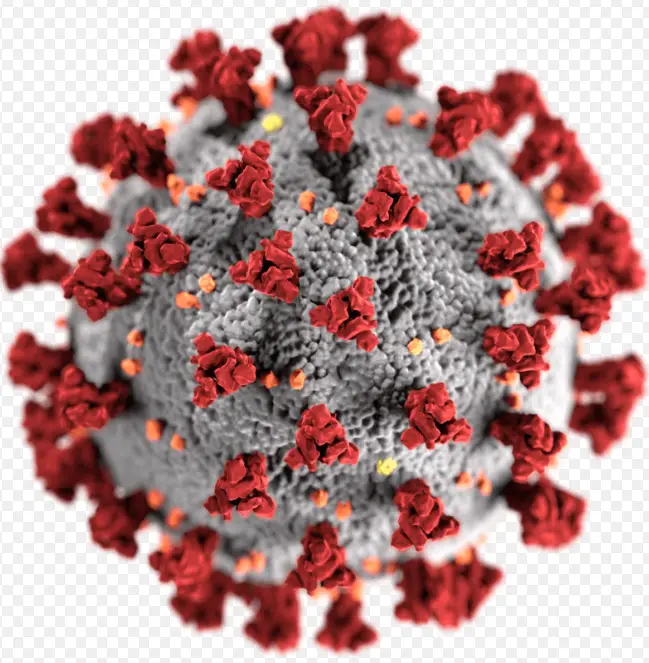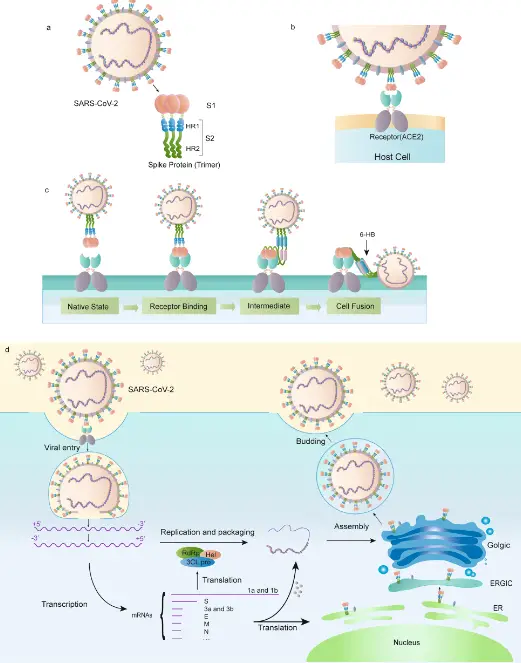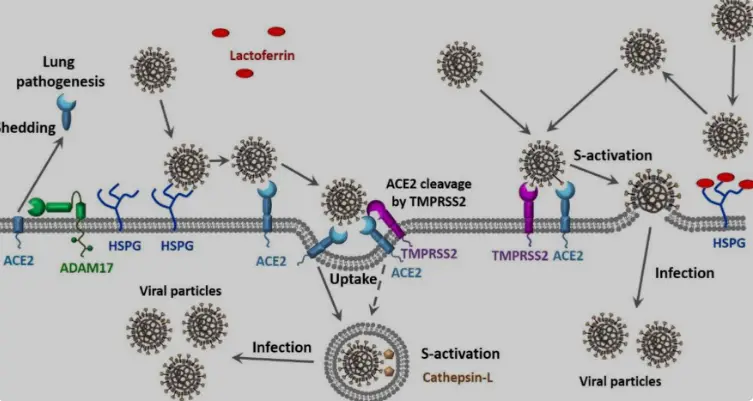The COVID-19 pandemic introduced the world to several challenges, including the emergence of different virus strains. Among these, the L and S strains of the coronavirus have sparked significant discussion and analysis due to their unique characteristics and impacts. These two variants are critical in understanding the virus’s evolution and the varying responses in populations worldwide.
The L strain, noted for its higher transmission rate, quickly became the dominant strain in the early stages of the pandemic. In contrast, the S strain, though less prevalent, presented a slightly different set of challenges to health officials. The distinctions between these strains lie not only in their genetic makeup but also in how they affect the spread and management of the disease.
Insight into these variants reveals important implications for public health strategies, vaccine development, and individual protection measures. Knowing the differences can help tailor responses to outbreaks more effectively and guide ongoing research and policy-making to curb the spread of the virus.

Origin of Strains
Discovery of L and S Types
The identification of the L and S strains of the coronavirus marked a significant milestone in the scientific community’s understanding of the virus’s genetic complexity. Initially, researchers discovered these strains by sequencing the genomes of viruses from different patients. The distinction between the L and S types was first noted in a study published in early 2020, which analyzed samples from Wuhan, China, where the virus was first identified.
The S strain appeared to be the ancestral version, whereas the L strain was a mutation that emerged later. Despite their close genetic relationship, the differences in their sequences were critical in shaping the path of the pandemic.
Genetic Differentiation
The genetic differentiation between the L and S strains involves mutations in the spike protein and other structural regions of the virus. These mutations affect the virus’s ability to enter host cells and establish infection. The S strain carries the original genetic sequence observed in the earliest cases, while the L strain includes several mutations that potentially increase the virus’s transmissibility.
Characteristics of L Strain
Mutation Details
The L strain is characterized by a specific mutation in the spike protein, which enhances the virus’s ability to bind to human cells. This mutation, referred to as the ‘Spike D614G’ mutation, has been associated with higher viral loads in respiratory tissues and possibly greater infectivity.
Prevalence and Spread
This strain quickly became the dominant form of the virus globally following the initial outbreaks. Studies indicated that regions experiencing rapid and extensive community transmission often reported a higher prevalence of the L strain. This strain’s ability to spread more efficiently contributed to its dominance in various populations.
Impact on the Pandemic
The emergence of the L strain has had profound implications for public health responses and pandemic management. Its enhanced transmissibility led to faster and more widespread outbreaks, which required more stringent containment measures, such as lockdowns and enhanced contact tracing.
Characteristics of S Strain
Mutation Specifics
The S strain, while less prevalent, contains a set of mutations distinct from those of the L strain. These mutations do not seem to enhance the virus’s transmissibility to the same extent, which partly explains its more limited spread.
Comparison in Terms of Spread
Despite its early emergence, the S strain was quickly overshadowed by the more transmissible L strain. The S strain’s slower spread allowed for more effective initial containment in some regions before the L strain became predominant.
Geographic Distribution
The S strain has been isolated more frequently in certain geographic areas, particularly where early detection and containment measures were successfully implemented. Its distribution is patchy compared to the more uniformly dispersed L strain.
Transmission Differences
How Each Strain Spreads
Both strains transmit through respiratory droplets and contact routes, but the L strain’s higher infectivity means it can spread more rapidly through communities. This has significant implications for public health measures and individual behavior.
Factors Influencing Transmission Rates
Several factors influence how these strains spread, including:
- Population density: Higher density can facilitate faster spread, especially of the L strain.
- Public health measures: Effective measures, like mask-wearing and social distancing, can reduce transmission.
- Community immunity: Areas with previous exposure or high vaccination rates may see slower spread.

Symptoms Comparison
Common Symptoms of Each Strain
Both the L and S strains of the coronavirus share a similar range of symptoms commonly associated with COVID-19, which include fever, cough, fatigue, and shortness of breath. However, the intensity and combination of symptoms can vary between the strains due to their genetic differences affecting how they interact with the body’s cells.
Severity of Symptoms in L vs S Strain
Research suggests that infections with the L strain may lead to more severe symptoms compared to the S strain. This is believed to be due to the L strain’s higher rate of transmission and its ability to maintain higher viral loads in the body. Key observations include:
- Increased respiratory complications
- Higher frequency of hospitalization
- Greater need for intensive care
These differences underline the importance of monitoring strain variations to manage treatment protocols effectively.
Impact on Testing
Detection of Different Strains
The ability to detect different strains of COVID-19 is crucial for tracking the virus’s evolution and implementing timely public health responses. Current PCR tests are designed to detect the genetic material of the virus that is common between both strains, ensuring that testing remains effective regardless of the strain.
Effectiveness of Current Tests
The effectiveness of tests has been a critical factor in controlling the pandemic’s spread. Studies confirm that most available diagnostic tests can accurately identify both the L and S strains. This effectiveness supports ongoing efforts to contain outbreaks and provides data essential for public health decisions.
Vaccine Efficacy
Response of Vaccines to L and S Strains
Vaccines have been developed to generate immunity against the spike protein common to all strains of the virus, including both L and S. Research indicates that the current vaccines are effective in eliciting an immune response that protects against both strains, although some differences in efficacy have been noted. This includes:
- Slightly lower efficacy against the L strain due to its mutations
- Continued protection against severe disease and hospitalization for both strains
Updates on Vaccine Modifications
As the virus evolves, vaccine developers have been updating formulations to enhance efficacy against emerging strains. These modifications aim to ensure broader protection and adapt to changes in the virus’s genetic makeup, particularly against the more transmissible L strain.
Treatment Approaches
Treatment Variations for Each Strain
Treatment protocols may vary slightly depending on the strain involved, particularly in the use of antiviral drugs and supportive therapies. For the L strain, more aggressive treatment options may be necessary due to its higher virulence, including:
- Early use of antiviral medications
- Intensive respiratory support
- Monitoring for rapid progression
For the S strain, standard COVID-19 treatment protocols are typically effective, with a focus on symptom management and supportive care.
Success Rates and Challenges
The success rates of treatments vary based on the strain, with the L strain presenting more challenges due to its aggressive nature. Key issues include:
- Higher rates of treatment failure
- Increased likelihood of complications
- Need for more personalized treatment approaches
Future Implications
What Ongoing Mutations Suggest
Ongoing mutations in the coronavirus, including the development of new strains beyond L and S, suggest that the virus will continue to evolve. This evolution requires constant vigilance and adaptation in public health strategies to manage the pandemic effectively.
Monitoring and Response Strategies
Effective monitoring and response strategies are essential for managing the spread of different COVID-19 strains. These include:
- Continual updates to testing protocols to ensure they remain effective against new mutations
- Regular review and modification of vaccine formulations
- Adaptive treatment protocols that can be tailored to more virulent strains
Frequently Asked Questions
What are L and S strains?
The L and S strains refer to two versions of the COVID-19 virus, differentiated by mutations in their spike proteins. The L strain is known for its rapid spread and has been prevalent in many outbreaks, whereas the S strain is less transmissible but still a significant variant to monitor.
How do L and S strains affect symptoms?
While both strains cause similar COVID-19 symptoms, some studies suggest the L strain might lead to more severe symptoms than the S strain. However, individual experiences can vary widely based on other health factors.
Can current vaccines target both L and S strains?
Current vaccines are designed to be effective against multiple strains of COVID-19, including both L and S strains. Ongoing research and updates to vaccines aim to maintain this efficacy as the virus evolves.
What makes L strain more aggressive than S strain?
The L strain has mutations that enhance the virus’s ability to infect host cells, making it more contagious and aggressive. This strain has often been associated with faster spreads in densely populated areas.
How does strain variation impact COVID-19 testing?
Strain variations can affect the sensitivity of diagnostic tests. However, most PCR tests target areas of the viral genome that are conserved between the L and S strains, ensuring reliable detection of the virus.
Conclusion
Understanding the differences between the L and S strains of the coronavirus is crucial for developing effective public health strategies and interventions. These variations influence everything from the severity of outbreaks to the effectiveness of vaccines and testing methods. As the virus continues to evolve, ongoing research and adaptation of strategies will be key to managing future challenges.
The knowledge of these strains not only enriches our understanding of COVID-19’s complexity but also underscores the importance of global cooperation in health crises. By sharing data and research, the global community can better anticipate and react to changes in the pandemic’s course.

